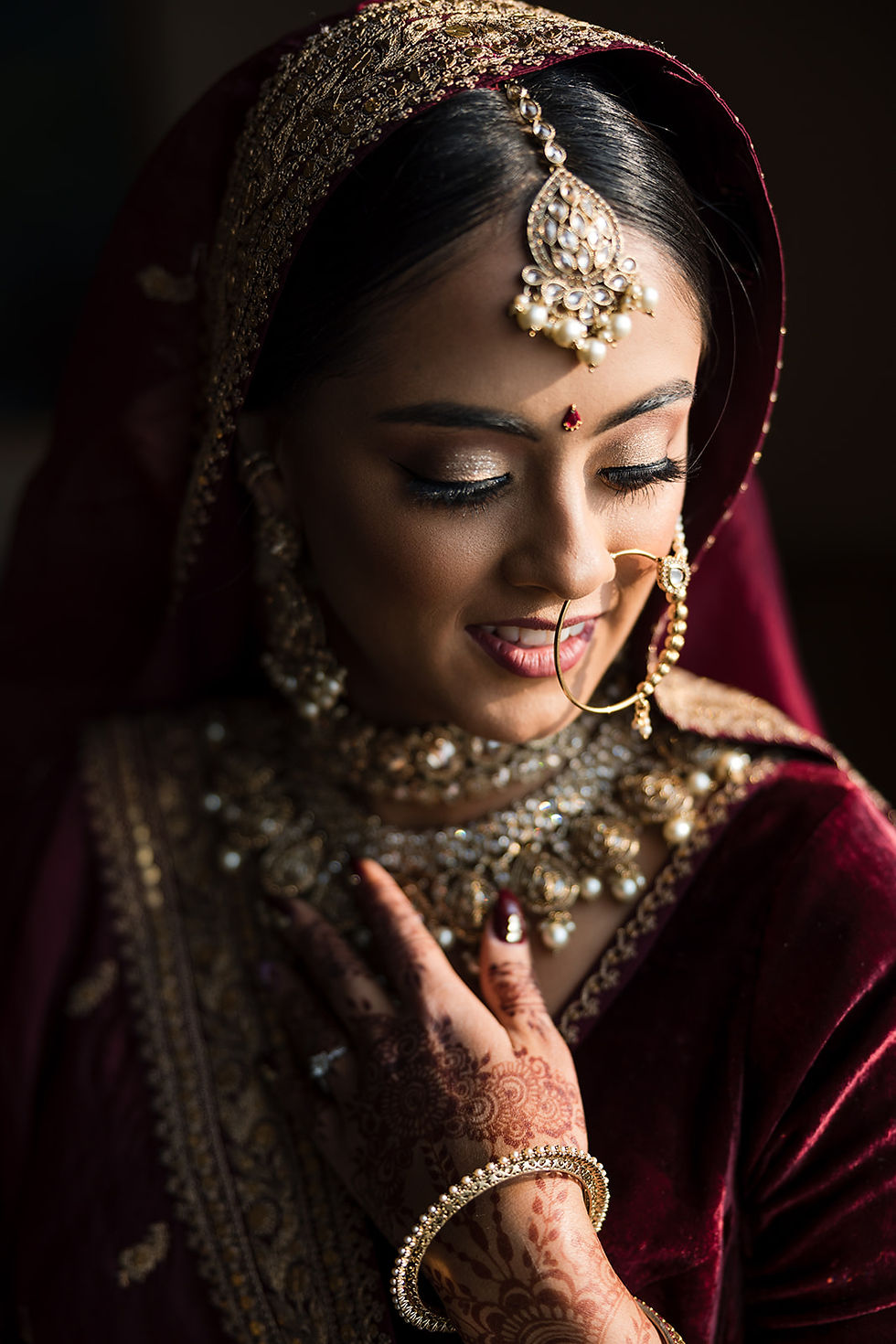Redesigning My Personal Brand & Portfolio
- Sonali Patel
- May 20
- 3 min read
Updated: Jun 18
Crafting a digital space rooted in culture, creativity, and intentionality
Overview
This portfolio redesign was more than just a visual update — it was a personal transformation. I wanted to build a brand that authentically represents my story: a fusion of my South Asian heritage, American upbringing, and passion for intentional design. My goal was to create a space that feels luxurious, romantic, and soulful — while also supporting my career growth and connecting with others navigating their own contradictions.
Problem
My previous portfolio felt disjointed and generic. It didn’t reflect who I truly am, what I care about, or the kind of work I want to do. I needed a cohesive personal brand and online presence that felt like me — culturally rich, creatively ambitious, and deeply thoughtful.
Goals
Create a portfolio that visually reflects my identity and values
Blend heritage and modern aesthetics with intentional storytelling
Build a platform that can grow with me professionally and creatively
Position myself to attract clients or employers who align with my passions
Use design as a tool for self-expression and connection
Approach & Process
Self-Discovery & Research
Conducted a personal deep dive using the Ikigai framework and crafted a clear “Why” statement.
Made a vision board using Pinterest to explore colors, textures, and imagery that resonate with my identity — think emeralds, maroons, gold, and touches of South Asian motifs.
Began studying Indian design traditions and how they’ve evolved — from Mughal architecture to modern textile prints.
Researched other creatives and portfolio sites with similar values or aesthetics.
Learning & Skill Building
Taught myself tools like Figma, Wix Studio, and WordPress to give myself full control over design and development.
Read The Design of Everyday Things to ground my ideas in usability and design thinking.
Explored the psychology of color, layout, and storytelling.
User Understanding
Since this project is self-directed, I became both the designer and the user. I journaled and reflected on:
How I want others to feel when they visit my site
What I want them to understand about me in 30 seconds
What kinds of people I hope to attract (clients, collaborators, hiring managers)
Design Strategy
Visual Identity

Color palette:
Deep jewel tones like emerald green, maroon, and gold, balanced with neutral blacks, whites, and tans.
Typography:
A blend of serif fonts for elegance and personality, paired with clean sans-serifs for readability.
Motifs & Details:
Inspired by regency romance, South Asian patterns, and the textures of fabric, paper, and ink.
UX
Clear, minimal navigation with thoughtful transitions.
Storytelling through intentional copy and layout.
Structure
About Me: A rich narrative-driven overview
Portfolio: Case studies with context, intention, and results
Blog/Journal (future): A space to share reflections, recipes, design inspiration, and more
Key Insights That Shaped the Design
"I am not one thing — I am many." This led to layered visuals and narrative storytelling.
Users connect with authenticity. The more honest and personal I made the design, the more engaging it became.
Luxury isn’t just visual — it’s emotional. I used whitespace, subtle animations, and immersive imagery to evoke emotion.
Every detail is a decision. From color to microcopy, every element was chosen to reflect intention.
Reflection
This project helped me reclaim my story — and design a digital space that makes room for others to do the same. My new portfolio is not just a site — it’s a declaration. A place where creativity meets culture, and complexity becomes a strength.
Tools Used
Figma
Wix Studio
Pinterest
Notion (for research and journaling)
Next Steps
Finalize and publish portfolio
Share it on design communities and platforms
Use blog to share behind-the-scenes of my process
Continue exploring how design can be a tool for healing, storytelling, and transformation
Want help turning this into a webpage or Figma layout?
If you'd like, I can help you format this into a portfolio case study page (in Wix or Figma), or help write the copy more conversationally. Would you like me to draft the content in a visual layout format too?
Edited using AI



Comments